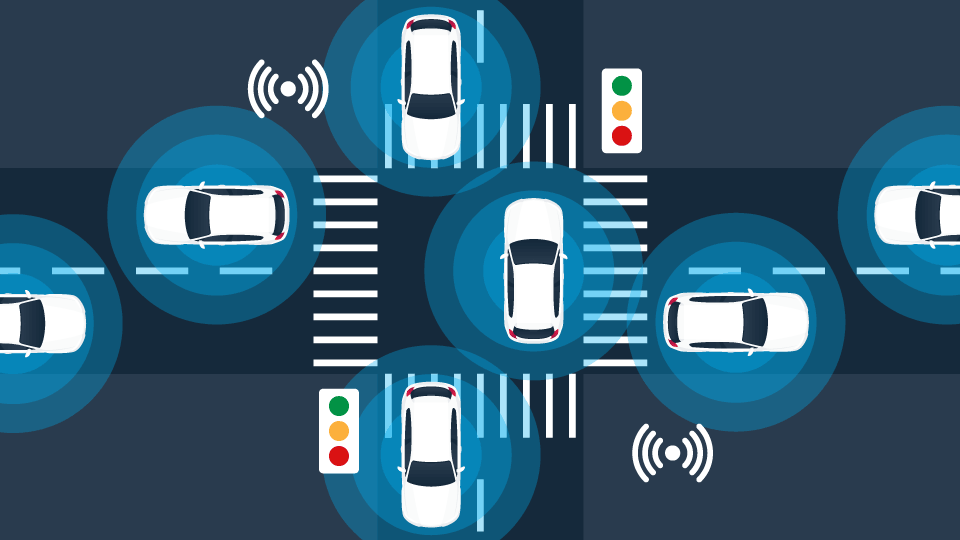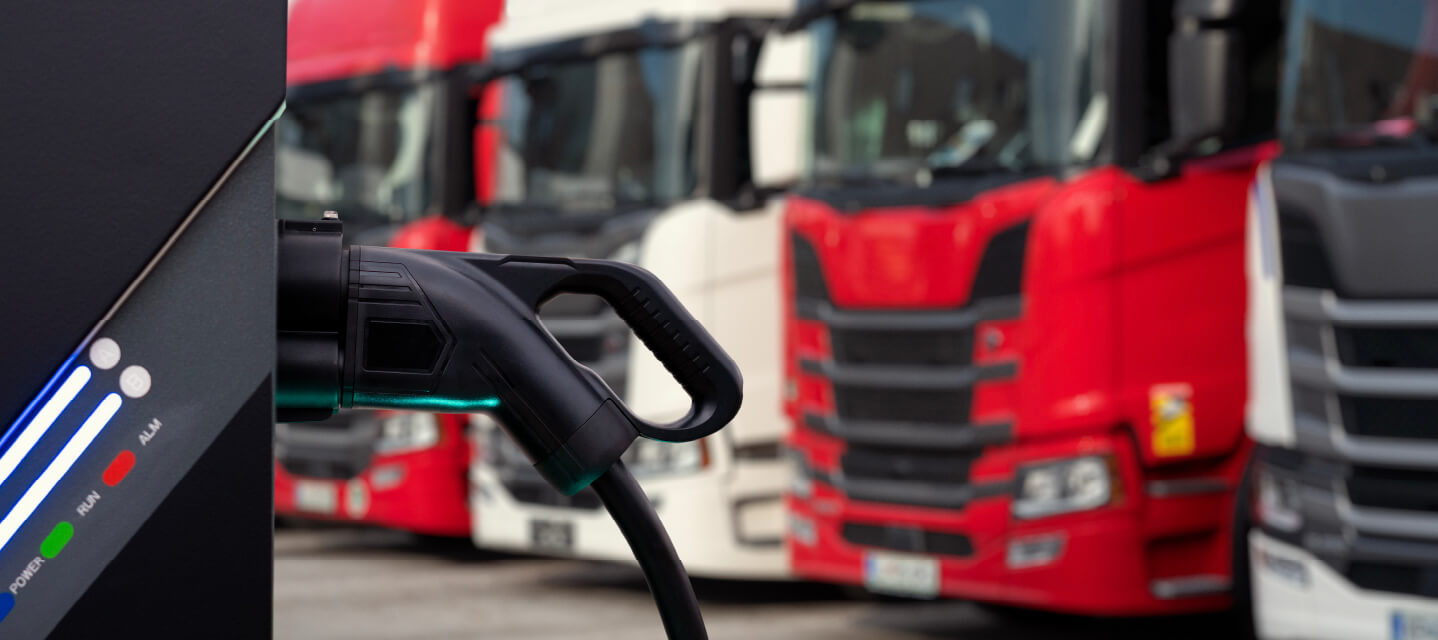The importance of OEM connectivity and access
Discover how Geotab is working to build a more connected future with integrated OEM technology.

Feb 2, 2022
Updated: Aug 27, 2024

The transportation industry is rapidly evolving to the point that what we see in five or ten years will be drastically different from what we see today. Change is happening as we speak.
As non-traditional OEMs are entering the market, tech companies are moving into automation. Higher levels of autonomy and new mobility services are emerging in both the public and private sectors. All of this is enabled by an unfolding transition to connected vehicles, a trend that has been developing in the commercial fleet sectors over the past few years.
See Also: Understanding OEM telematics and what it means for your fleet
Data and vehicle connectivity
Data and vehicle connectivity is at the heart of the changes we see in the transportation industry. For a long time, data has been the lifeblood of fleets and fleet management. Data helps to integrate fleet management into regular business processes such as fleet safety, productivity, compliance and sustainability.
Telematics providers like Geotab help fleets to make sense of their data. With over 2.5 million connected vehicles, we are able to provide fleet customers with powerful insights in addition to management functionality. However, this is only possible with data from connected cars, system interoperability and stakeholder collaboration.
Why do we need an open, standardised approach?
The on-board diagnostics (OBD) port has been established over the last few decades as a highly effective and necessary tool to enable commercial fleets and vehicle owners and operators access to data generated by their vehicles. With this connectivity, data from the OBD allows fleets to implement and benefit from an array of leading fleet management practices. It also allows for the connection and integration of a host of services and becomes the building blocks of new consumer-facing mobility service lines.
This interconnectivity can only happen if providers are able to access data through reliable and secured means.
There are a number of collaborative organisations and consortiums working to influence and develop common vehicle connectivity architecture, standards and service offerings such as COVESAand W3C. This is a key step to engaging stakeholders in shaping the future connectivity landscape. Notably, these working groups include experts both from OEMs and aftermarket specialist organisations.
This includes access to references and downloads of software, vehicle repair and maintenance information.
The accessibility and interoperability of data opens up the scope for market competition, access to a multitude of players and innovative fleet products. It also provides the mobility services that businesses and customers seek.
What about the ‘Extended Vehicle’ (ExVe) concept?
ACEA’s ExVe concept, ISO standard (20077-1) offers interfaces for the provision of services by vehicle manufacturers or third parties, but it only allows access to the data servers of a particular OEM. It is also subject to their access conditions.
In other words, it is not open. Therefore, it has been deemed by numerous studies as a “not suitable concept” to enable the transportation economy of the future.
There are also distinct differences between the EU regulation on OBD data that covers access to vehicle information through the OBD and the ExVe concept, where data access is based on exclusive contracts with vehicles, OEMs and service providers.
There are notable industry concerns over the access to vehicle data under this concept. For example, the Consumer Voice in Europe (BEUC), said in a letter to the European Commission: “ACEA’s extended-vehicle model raises serious concerns from a competition and a consumer point of view.” They argued that the concept has inherent flaws from a competition perspective.
The letter also said: “As a single entry point for service providers in after-sales markets, we are concerned that it can be used to discriminate access to data or impose costs that will be transferred to the consumers in the form of higher prices, less choice and ultimately less innovation.”
The call for collaboration could not be stronger. Consumers seeking standards on data access and interoperability will be the driving force in bringing this forward.
Shifting to an open and collaborative approach
Many OEMs have come to recognise that an open approach is what best serves their customers and markets. They understand the distinct advantages of their connectivity offerings and the advantages of specialised aftermarket systems, especially when it comes to serving customers with mixed fleets.
Geotab has recognised the fleet customer and market reality. We expect it to intensify as fleet needs will become more diverse and specialised.
Customers are requiring the broadest possible service offering that can only be met by providers that function together with OEMS through secure interoperability of products. This collaboration is reflected in Geotab’s DNA and implemented through our Marketplace offerings built for expandability and customer or partner driven customisation.
Geotab is currently at various stages of collaboration with multiple OEMs across the globe, including those specialising in both traditional and heavy-duty vehicles. Our goal is to develop partnerships where we can offer combined, over-the-air connectivity services to our fleet customers.
With this, customers will have the combined stream of OEM and aftermarket extracted data in one integrated data stream. Customers will also be able to deploy Geotab tools to process their OEM vehicle data and connect it with other service providers.
Connectivity services and data
Data is the lifeblood of innovation, collaboration and consumer choice in the mobility sector. It is crucial to work hard to find and implement innovative and creative ways to make data access work for all stakeholders who enable modern transportation.
To learn more about how Geotab works with OEMs, visit this page.
Subscribe to the Geotab Blog

Vice President - OEM, Europe
Related posts
.png)

.jpg)
Benefits of OEM telematics for rental and leasing fleets
February 22, 2024
3 minute read


Geotab's Second Brunch Hub: How United Utilities benefited by moving to predictive maintenance
November 9, 2023
3 minute read

